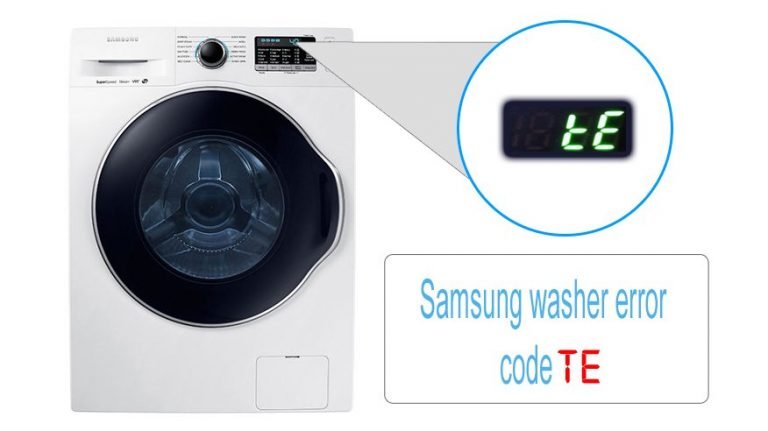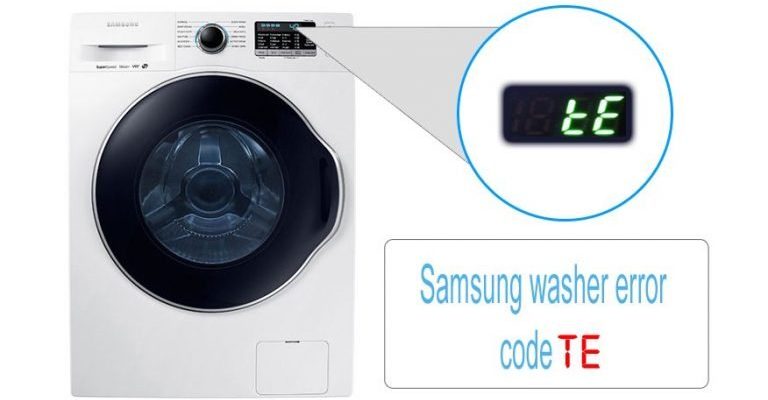
The good news is, you don’t need a degree in engineering to deal with it! Understanding a few basics and taking some preventative steps can keep this issue at bay. The goal is to keep your washing machine running smoothly, just like a well-oiled machine. So, grab a cup of coffee, sit back, and let’s explore how to prevent seeing that annoying F1 error in the future.
Understanding the F1 Error Code
The F1 error code can initially seem as perplexing as a cryptic message, but it’s essentially your washing machine’s way of telling you it needs some attention. It usually points to an issue with the machine’s central control unit or a signal that something isn’t quite right with the main control board. Imagine it like a hiccup in the communication between your machine’s controls and its mechanical functions.
Typically, this error can be triggered by power surges, defective wiring, or even a simple glitch in the control board. Power surges can be especially sneaky culprits, akin to sudden thunderstorms that disrupt your daily plan. They can affect the control board and disrupt normal operations. If your machine is situated in a spot prone to electrical fluctuations, this might increase the chances of encountering the F1 error.
When the F1 error occurs, it can manifest as a cycle interruption or an inability to start a new wash. Imagine planning your day around doing two loads of laundry, only to find your schedule thwarted by unforeseen machine downtime. Fortunately, understanding these potential causes can empower you to take preventive action, which we’ll discuss next.
Regular Maintenance is Key
Preventing the F1 error code begins with regular maintenance. Think of it like a routine check-up for your washing machine, just as you would for your car. Regular maintenance helps spot potential issues before they evolve into full-blown problems. But don’t worry, you won’t need a toolbox full of fancy gadgets — just a few simple habits and checks.
Start by ensuring the connections to the control board are secure. Over time, vibrations from the machine, similar to subtle tremors, can cause wires to loosen. By checking these periodically, you’re effectively giving your machine a little tune-up. Furthermore, keeping the area around your machine clean and free from excessive moisture can prevent unwanted electrical issues that might trigger the F1 code.
Another tip is to be mindful of power surges. Consider using a surge protector — it’s like a security guard for your appliance. This small investment can protect the control board from surges that might otherwise cause the dreaded error. Regular cleaning of the machine’s filters and ensuring that the load isn’t too heavy can also keep things running smoothly.
Adopting Preventative Habits
You know what they say about prevention being better than cure, right? This holds true for your washing machine too. One effective way to keep the F1 error at bay is by incorporating simple preventative habits into your routine. Start by choosing appropriate wash cycles for different types of laundry. Overloading your machine is like trying to fit too many clothes in a suitcase — it just won’t close without a struggle.
Mixing different types of fabrics can be tempting, but it might cause more harm than good. Heavy items can create an imbalance, leading to unnecessary strain on the machine’s motor and sensors. Always aim to distribute the load evenly, as an unbalanced load can throw the washing process off-kilter and potentially lead to control unit errors.
Lastly, keep an eye on the detergent. Overusing detergent can cause excessive suds which, although seemingly harmless, can disturb the wash cycle and cause the electronic controls to malfunction. It’s a bit like pouring too much soap in the bathtub — you’ll end up with bubbles everywhere, and not in a fun way!
When to Seek Professional Help
Sometimes, despite your best efforts, the F1 error might persist. At this point, it’s best to call in the professionals. Think of it as calling a skilled technician who can diagnose and fix intricate issues — the way a specialized doctor handles complex cases. Professionals have the tools and expertise to delve into the problem more deeply.
Attempting to fix persistent issues on your own can sometimes lead to bigger problems, much like trying to repair a watch without understanding the gears. If you notice other unusual signs, such as odd noises or non-responsive controls, these might indicate a problem that needs professional assessment.
Remember, it’s always better to be safe than sorry. A professional not only helps in fixing the current issue but can also provide useful tips to prevent future errors. Armed with their advice, you can ensure your washing machine runs without a hitch.
So there you have it. Preventing the Whirlpool washing machine F1 error is all about understanding its causes and taking proactive steps to avoid them. Regular maintenance, judicious use, and timely professional intervention when necessary are your best allies in this ongoing battle. By integrating these practices into your laundry routine, you’re setting yourself up for a seamless, error-free washing experience.
Here’s to many more loads of clean laundry without any hiccups! If you’re ever in doubt, remember that a little care goes a long way. Take charge of your washing machine’s health, and it will serve you faithfully for years to come.
